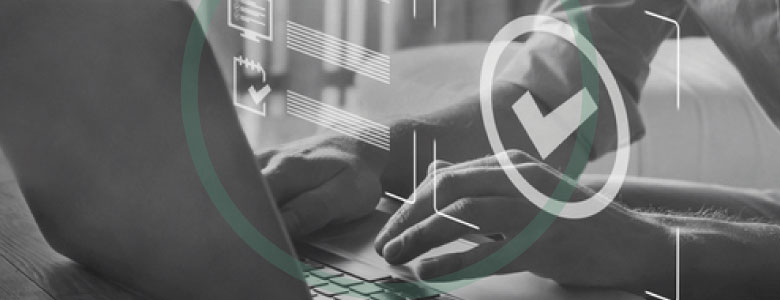This year’s global pandemic has changed the world in ways that none of us could have imagined. For those of us that have been fortunate to continue to work, it has accelerated our understanding of remote working options like nothing has before.
Even before any of us knew what COVID-19 was, many of us had flexible work arrangements or worked in geographically dispersed environments. Technology has kept us connected but how might we bring people together in a virtual context to leverage design thinking techniques?
Human centred design brings together the needs of people, the possibilities of technology and explores how this can create a different future.
We already have access to an array of intuitive collaboration tools. Leveraging these technologies, we can bring people together for a virtual experience, anywhere, on any device.
What does this look like in practise?
Creating human connection during a virtual experience can be tricky, even beyond the technical ‘rules’ such as putting your line on mute and talking over one another. So how do people truly connect in the virtual space?
Reflecting on a pre-pandemic life, one of my clients needed to bring a group of professionals together nationally, to build relationships and work together on pressing social issues. There were several distributed teams, obvious budgetary constraints and numerous geographic challenges.
So we held a virtual workshop. A shock to many whose only experience of workshops (then) was face to face in one location.
A curated session to speed critique a central problem statement lends itself well to a virtual experience and can uncover many possibilities for change. Using a combination of digital and traditional collaboration tools, it defines the conversation, and in this instance, it also encouraged everyone to participate.
Get creative to start a conversation
We know it can be easy to hide behind the keyboard (or camera) so we still needed to tackle the human connection of the virtual space.
We sent a care package ahead of the workshop, with not only the tools required for the activity (e.g. sticky notes and sharpies) but a gift to share - a glass of wine, water, crackers and cheese, and something sweet.
Virtual connectivity happens when people meet and share their experiences. Before the workshop kicked off, our participants were chatting with excitement
“What wine did you get?”
“How nice are the chocolates?”
“I wonder what we are doing with the sticky notes?”
To round out the workshop, we ran a data gathering session. The well-defined 90-minute virtual setting provided insight to create actionable themes to consider for future development.
The result was a memorable, fun and personal workshop that our client and their participants are still talking about.






